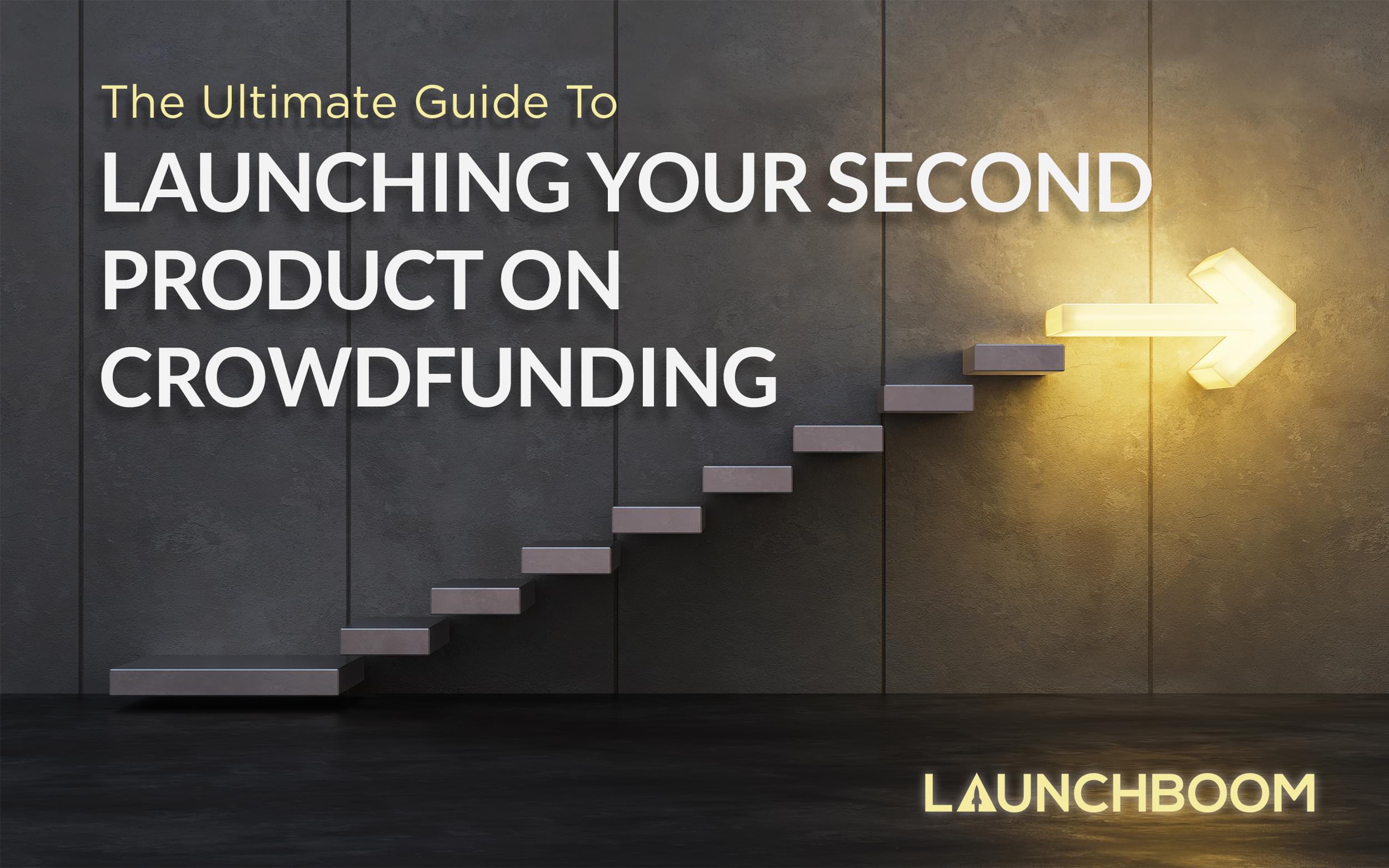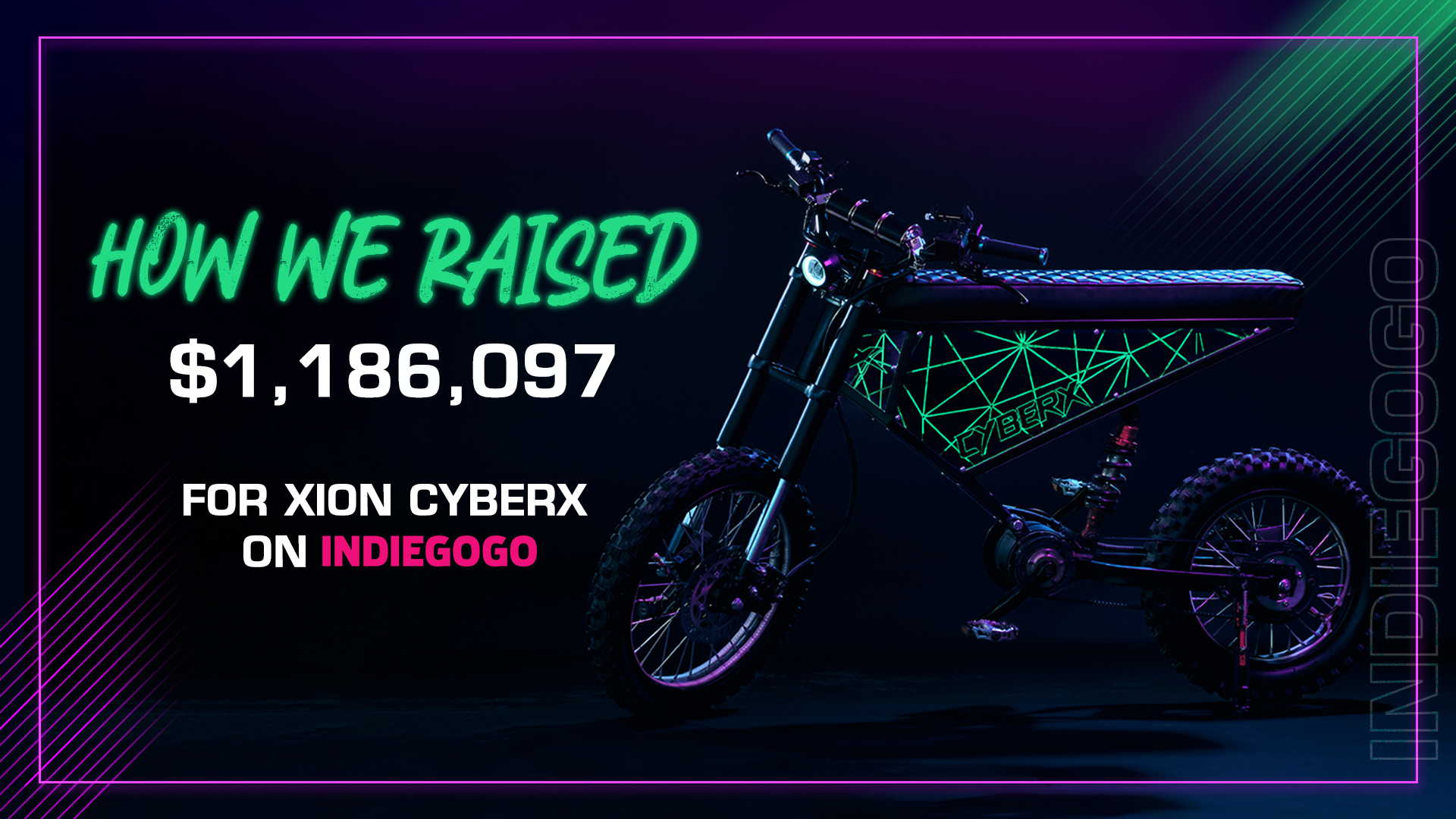Today’s launches
We had two launches this week: CTRL, a biokinetic golf sleeve that helps you improve your swing, and Lulupet’s smart litterbox that helps track your cat’s health. Let’s take a quick look at each!
CTRL
- Funded in 17 minutes!
- Raised over $36,000 on day 1
- Cost per lead: $2.71
- Cost per reservation: $24.76
- Conversion rate: 21%
Lulupet
- Funded day 1!
- Raised over $7,000 in the first few hours
- Cost per lead: $2.91
- Cost per reservation: $31.92
- Conversion rate: 20%
What contributed to the day 1 success of both campaigns? It’s our tried and true LaunchBoom system: we ran ads to send people to a landing page, then collected their email addresses so they could stay in the loop. We then offered the chance for people to join the reservation funnel. By putting down a single dollar that gave people access to an exclusive Facebook group and special launch day discounts, we collected a group that would convert at a much higher rate than a regular email list would. That gave us the confidence to launch, knowing we’d be funded on the first day—and it worked!
Campaign page review
I reviewed the MANNKITCHEN Pepper Cannon campaign page. You’ll want to watch the replay on YouTube for my full in-depth review, but I’ve summarized the main takeaways here:
- The title and subheading clearly explained the problem (pepper grinders take forever) and solution (a better, more efficient pepper grinder) so people know what they’re looking at right away.
- The video thumbnail was done well. It showed the product front and center with other models of pepper grinders on their sides as if they’d been defeated. It looked very clean and was focused on the product itself.
- No matter what type of product you’re launching, you want to lead with your most powerful imagery. Show off your product in the situation where it’s used the most so people can get an idea of how it would fit into their lives. In the Pepper Cannon’s case, we’d love to lead with an image of the product actively peppering some steaks or a nice pile of vegetables.
- Below your first image, you should have a condensed overview of what you’re going to cover in the rest of the campaign page. This sets up expectations for readers and tells people who are likely to skim what sections they might be interested in reading more closely.
- Put a small social proof section near the top of your campaign page, then have a larger testimonials section at the bottom. The first piece should have one quote and some press mentions if you have them. Put the longer section with more testimonials in it farther down the page.
- Show us the end results! In the Pepper Cannon’s case, we want to see some food cooked with pepper. If you’re selling model airplanes, don’t just show us the kit; show us what your plane looks like built. If you’re selling a new hammer, don’t just show us how you can use it to knock in a nail; show us the whole bookshelf once it’s finished. Your product might only be part of the process, but showing people what it can help them accomplish will help persuade them.
Product messaging tool
There are two tools that I really love when it comes to product messaging: the aha moment and the why/what else exercise.
Aha moment
Close your eyes and think about your product. When are people going to appreciate having it the most? When will they feel the pain of not having it? Aha—that’s why your product is important and why people will want to buy it. That’s where you want to start crafting your product messaging and imagery.
Consider a sturdy chef’s knife. You’ll really appreciate having that knife when a recipe calls for six chopped onions. Trying to do that with a small knife would make it a much worse experience, so you want to focus on how your chef’s knife will make it a lot better.
The aha moment is a great place to start thinking about your product messaging!
Why and what else
This one starts with a basic question: why do people like or need your product? Come up with a few reasons, and then look at each of those individually. What makes that reason important to a person? What makes that reason important? Keep going through reasons until you lose sight of your product, and then focus on that last point of connection. This gives you concrete, well-reasoned arguments for why people should purchase your product.
Let’s think about an air filter. Why are they important? Because air quality is bad. Why do I care if air quality is bad? Because I have pets who make it worse with their dander, sometimes I have trouble sleeping, and I’m concerned about Covid. I care about pet dander because I have allergies, and I care about my allergies because they prevent me from spending time with my kids, which is part of what I enjoy about life.
Now we’ll start from the end and work back. The last thing in the list is “enjoy my life,” which isn’t connected to my air filter at all. Before that is “spend time with my kids,” which also doesn’t relate to the filter. Above that we see “allergies”—now we’re getting somewhere. Before that is “pet dander,” which is a problem that the air filter can solve.
We now have a solid point from which we can build product messaging: This air filter provides better air quality because it removes pet dander from the air, which helps with my allergies so I can spend time with my kids.
Your total marketing plan
It’s important to have a long-term marketing plan so you know where your business is going. Having specific goals will help you guide your team and reach a higher level of success. In the webinar, I outlined a high-level marketing plan so you know what your crowdfunding path should look like. This is the process we use for our clients:
- Pre-test
- TestBoom
- Pre-launch
- LaunchBoom
- Campaign advertising
- Post-campaign survey
- Launch on InDemand
- Equity crowdfunding
- Pre-ecommerce
- ScaleBoom
- Pre-test
Want to learn more about what’s in each step? Watch the replay for the details!
Q&A and giveaway
Congratulations to Poca, who won our first LaunchBoom Live giveaway: an access pass to LaunchBoom Academy! If you want to learn more about the Academy, just click here.
I picked one of the questions from our Q&A to highlight in this recap: What’s a good number of emails to have collected before launch?
This depends on your goals. You can figure out a good number of emails for your campaign fairly quickly! Experience tells us that somewhere between 2-4% of your email list will convert, so you can use that and your product’s price to determine how many emails you should collect in order to hit whatever your funding goal is. You can use this formula:
[percentage of list that converts] x [number of emails] x [product price] = [funding goal]
Now we’ll plug in the values we know. Let’s see how many emails we need to collect if we assume a 2% conversion rate with a product price of $100 and a goal of $5000.
0.02 x [number of emails] x $100 = $5000
When we solve for the missing field, we see that we need to collect 2500 emails to hit our $5000 goal if 2% of the list converts.
You can change the numbers around to fit your product and your funding goal; keep in mind that a lower-priced product will get a higher conversion rate, while a higher-priced product will result in a lower conversion rate.
Want to see the whole presentation? We’ve got you covered—you can watch the replay here! Don’t forget to set a reminder for Tuesday at 10 AM PT. You don’t want to miss our next LaunchBoom Live on YouTube, on the LaunchBoom Facebook page, or in our Crowdfunded Community!



